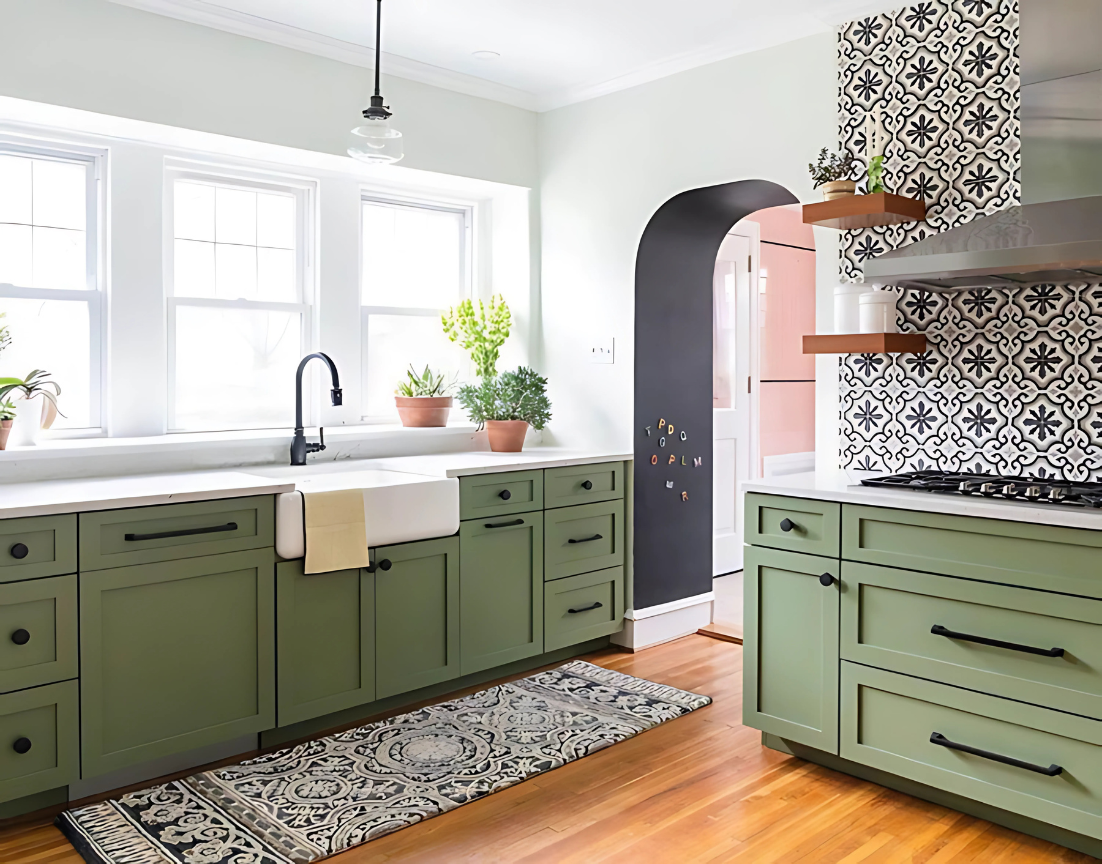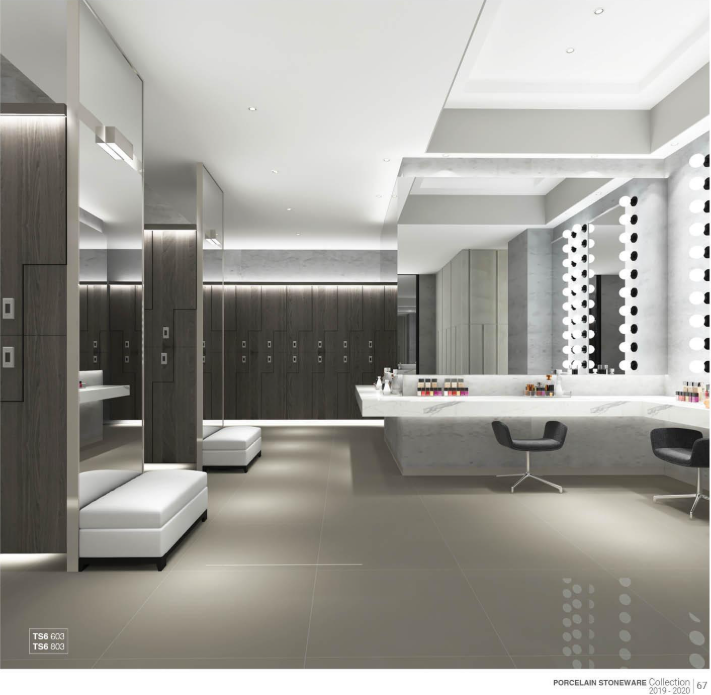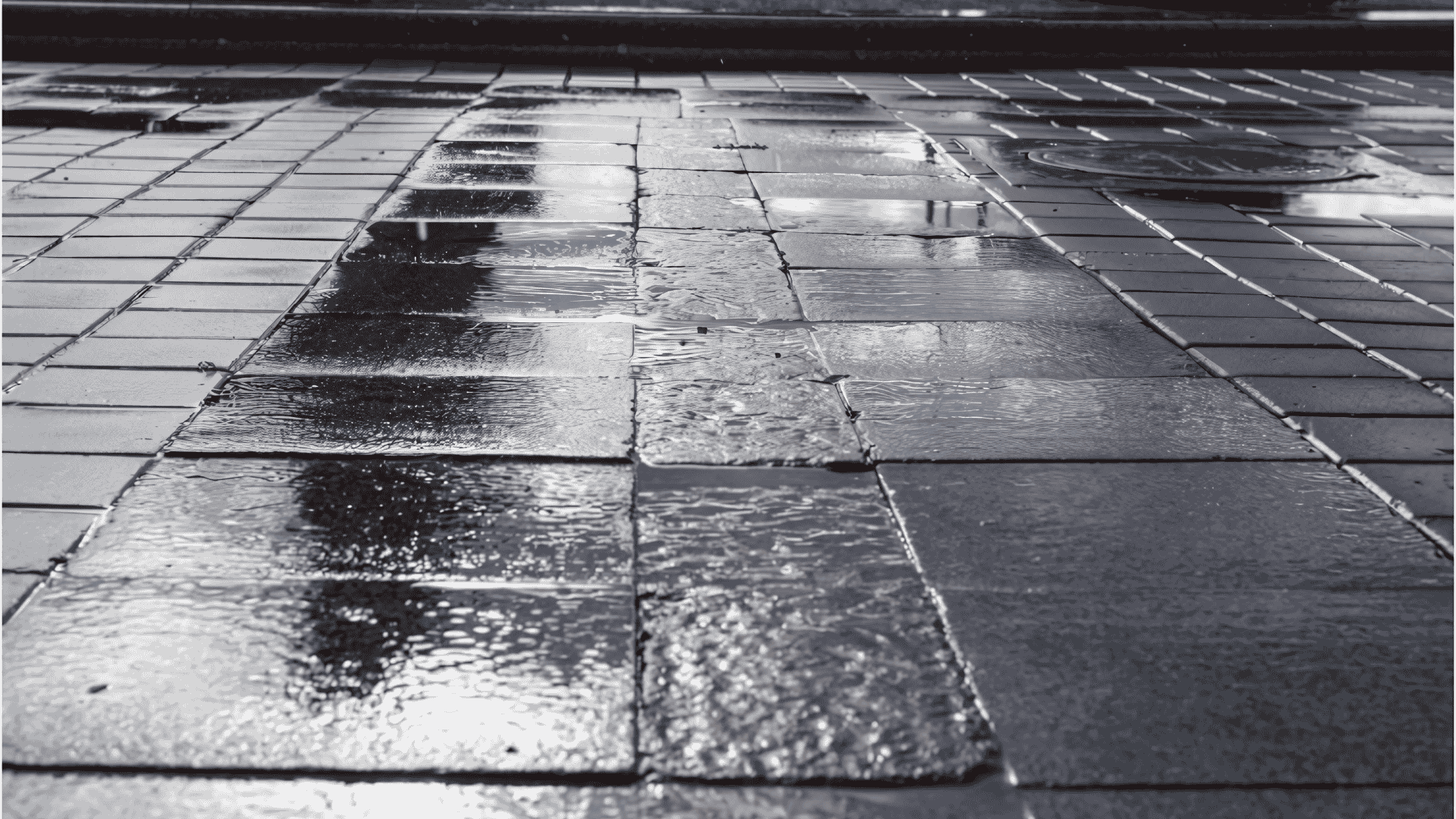News
WHAT SPECIFICATIONS SHOULD YOU CHECK WHEN CHOOSING TILES?
When buying wall and floor tiles, users will notice many common tile ratings on the packaging, such as PEI, COF, and water absorption (E). These specifications are very useful for identifying the right tiling product for your needs. What is the PEI rating? What are the levels of the COF friction coefficient? What is W.A. water absorption? This article will decode all the specifications to consider when choosing tiles.
What is the W.A. (Water Absorption) rating on tiles?
Water Absorption (W.A.) is the most basic physical-mechanical characteristic regulated by the European ISO tile standards and Vietnamese standards. The water absorption rate (E) determines the tile's suitability for use in real-world environments. The lower the water absorption, the higher the tile's water resistance. This also corresponds to greater flexural strength, impact resistance, and durability against harsh weather conditions.

Viglacera's wood-look floor tiles are a type with extremely low water absorption, under 0.05%.
Based on the water absorption rate (E), tiles are divided into 3 common groups:
- Group I: E ≤ 3%. These are the most durable and water-resistant, typically found in high-end tile lines like porcelain (granite tiles) and semi-porcelain tiles. Group I tiles are versatile and suitable for areas with frequent pressure and high foot traffic, such as living rooms, large halls, hospitals, shopping centers, and especially exterior areas.
- Group II: 3% < E ≤ 10%. This group mainly consists of single-fired ceramic tiles, which are less durable and often lighter than Group I. Group II tiles are a good choice for creative and unique wall applications due to being lightweight and easy to install. They can also be considered for flooring in some interior areas.
- Group III: E > 10%. This group mostly includes cotto ceramic and double-fired ceramic tiles. They are not as durable or water-resistant as the other two groups but have the advantage of being porous, lightweight, having excellent wall adhesion, and featuring bright colors, making them commonly used for wall tiling. However, homeowners should avoid using these ceramic tiles in wet areas as they stain easily, lose their aesthetic appeal, and degrade quickly due to prolonged water exposure.

Modern patterned tiles are also well-suited for kitchen areas where food and liquids are often spilled.
Chỉ số PEI trên gạch ốp lát là gì?
What is the PEI rating on tiles?
PEI (Porcelain Enamel Institute) is a rating that tests the abrasion resistance of tiles and only appears on glazed tile lines. The higher the PEI rating, the better the tile's resistance to abrasion. Depending on whether the installation area will have high or low foot traffic and be subject to strong friction, the homeowner can determine the appropriate PEI level.

Abrasion-resistant tiles like granite are trusted for high-traffic areas such as showrooms, backstage areas at events, etc.
The PEI rating scale is divided into 5 levels, from 1 to 5, corresponding to 5 increasing levels of abrasion resistance:
- PEI 1: Very low abrasion resistance, suitable for wall applications.
- PEI 2: Light abrasion resistance, mainly for walls. Can also be used for flooring in areas with very low foot traffic where people are usually barefoot or wear soft footwear, such as bathrooms and bedrooms.
- PEI 3: Moderate abrasion resistance. This is the most common type of abrasion-resistant tile on the market, widely used in residential projects from dining rooms, living rooms, and kitchens to entrances and indoor walkways.
- PEI 4: Good abrasion resistance. At this level, the tile can meet most residential needs as well as medium-sized commercial projects like convenience stores and some other public areas.
- PEI 5: Extremely high abrasion resistance, even in areas with very heavy foot traffic. Experts recommend these for gardens, public and commercial projects with large to very large capacities, busy grand halls, hotel corridors, and especially outdoor sidewalks.
To select tiles with very good abrasion resistance, you can look for high-grade products such as Viglacera granite tiles, wood-look floor tiles, and especially Viglacera's 20mm thick technical tiles, whose exclusive quality is widely used by architects for gardens and sidewalks.
What is the COF rating on tiles?
COF (Coefficient of Friction) is the slip resistance rating of a tile, also known as its grip. It helps buyers determine if a tile offers good slip resistance, making it safe for wet areas or only suitable for dry zones. The higher the COF rating, the rougher the tile surface and the better its slip resistance, and vice versa.

Tiles with a slip resistance rating of R11 or higher should be used for areas surrounding swimming pools.
According to current international standards, the COF slip resistance rating for tiles is ranked from R9 to R13:
- R9 (COF < 0.2): The tile has a light, smooth matt surface, suitable only for dry areas like living rooms and bedrooms.
- R10 (0.2 < COF < 0.4): In addition to flooring and wall cladding in dry areas, these tiles can also be installed in kitchens and bathrooms.
- R11 & R12 (0.4 < COF < 0.7): Ideal for both dry and wet areas. This rating is recommended for flooring on wet surfaces, both indoors and outdoors, providing reliable safety. It is particularly suitable for the challenging humid climate of Northern Vietnam.
- R13 (0.7 < COF < 1): The best slip resistance according to international standards. Recommended for areas frequently in contact with water and with a high risk of falling, such as swimming pools, spas, saunas, changing rooms, shopping centers, airports, grand halls, and even sloped areas for vehicle access due to its extremely high grip.

Viglacera Platinum tiles are classified as having one of the highest COF ratings on the Vietnamese market.
Some beautiful and readily available anti-slip tile lines today include Viglacera's bathroom floor tiles, wood-look floor tiles, and Viglacera Platinum tiles, which achieve a slip resistance of up to R12, approaching the highest level according to ISO tile standards.
In summary, depending on the needs and the space to be tiled, homeowners must determine the most suitable tile specifications for their homes. In conjunction with this, don't forget to see and feel the tiles firsthand to find a design that matches your aesthetic taste. If you are still undecided, a Viglacera showroom is an excellent place to visually experience all the most popular types of tiles on the market today. With top quality and fashionable designs, Viglacera tiles will bring a classy and sophisticated living, working, and recreational space to you.
To find the latest information on quality tile products, please visit: https://viglaceratiles.vn/san-pham-cp40 or call the Hotline: 0243.543.0726.